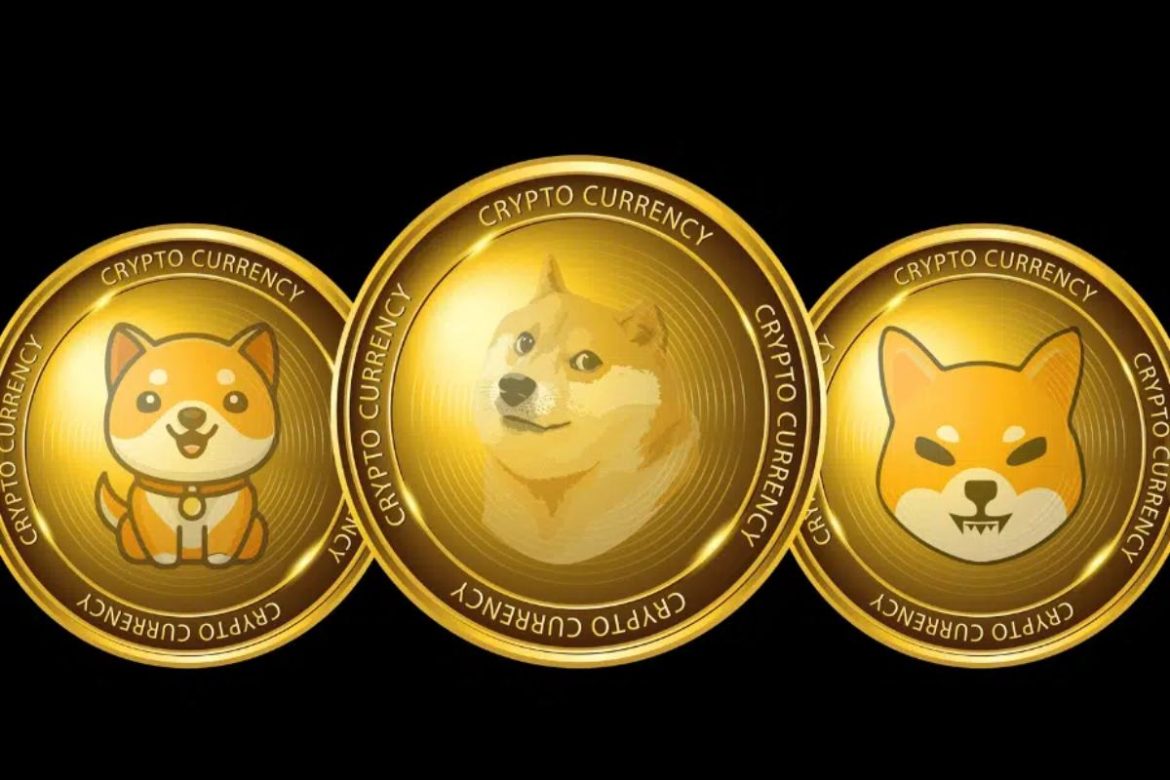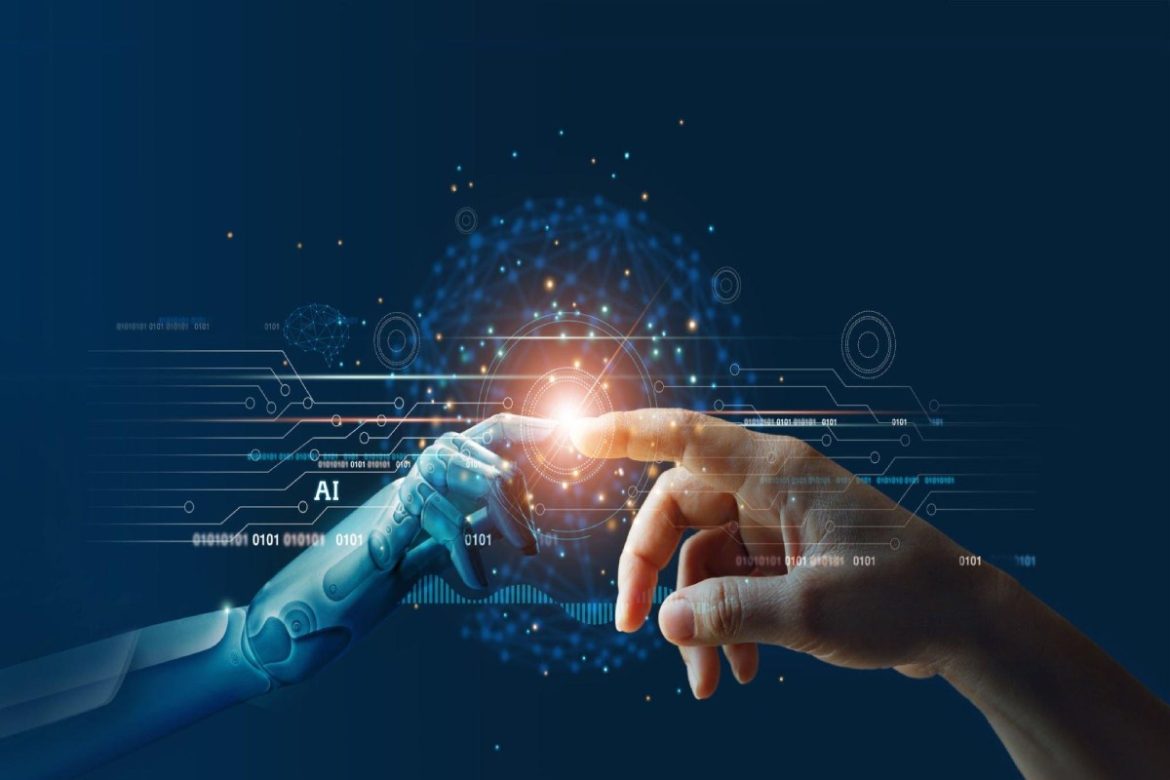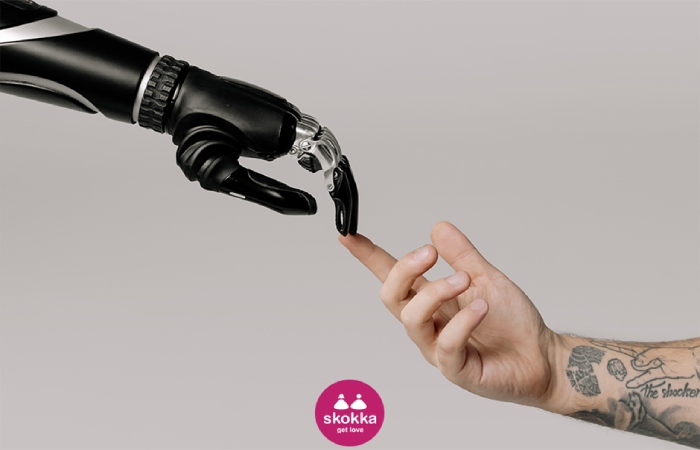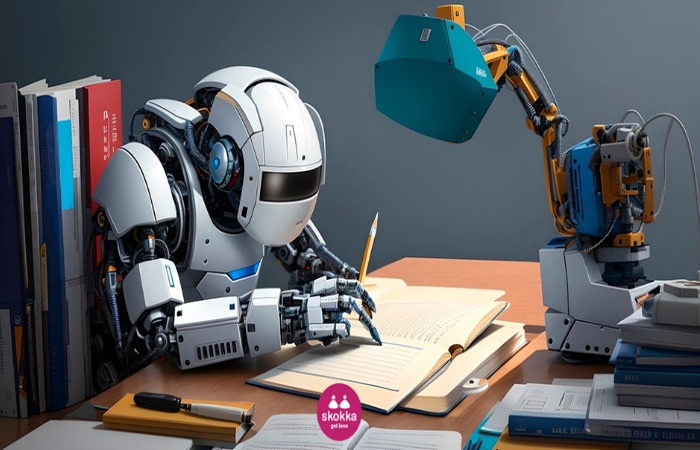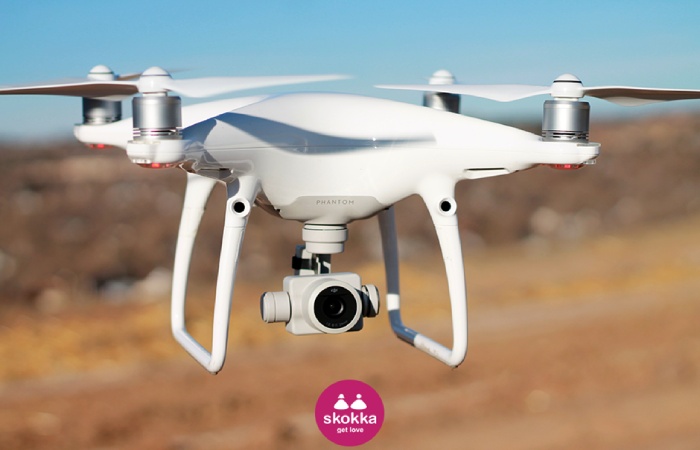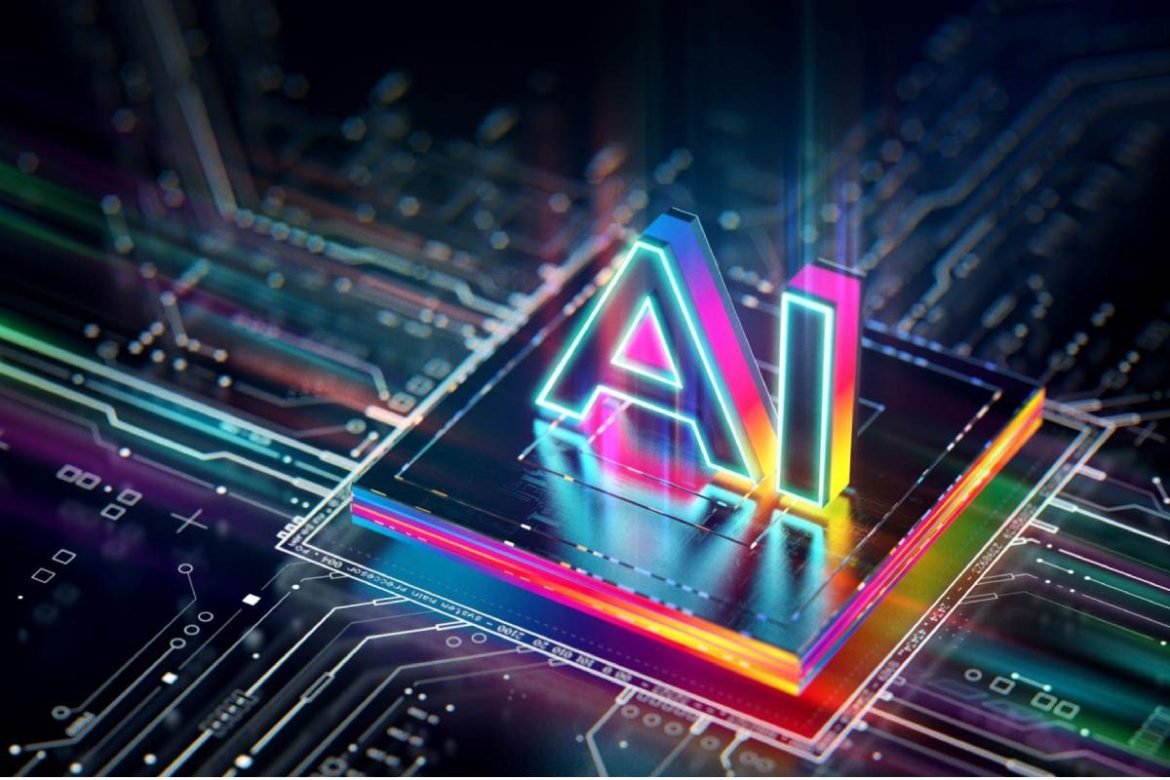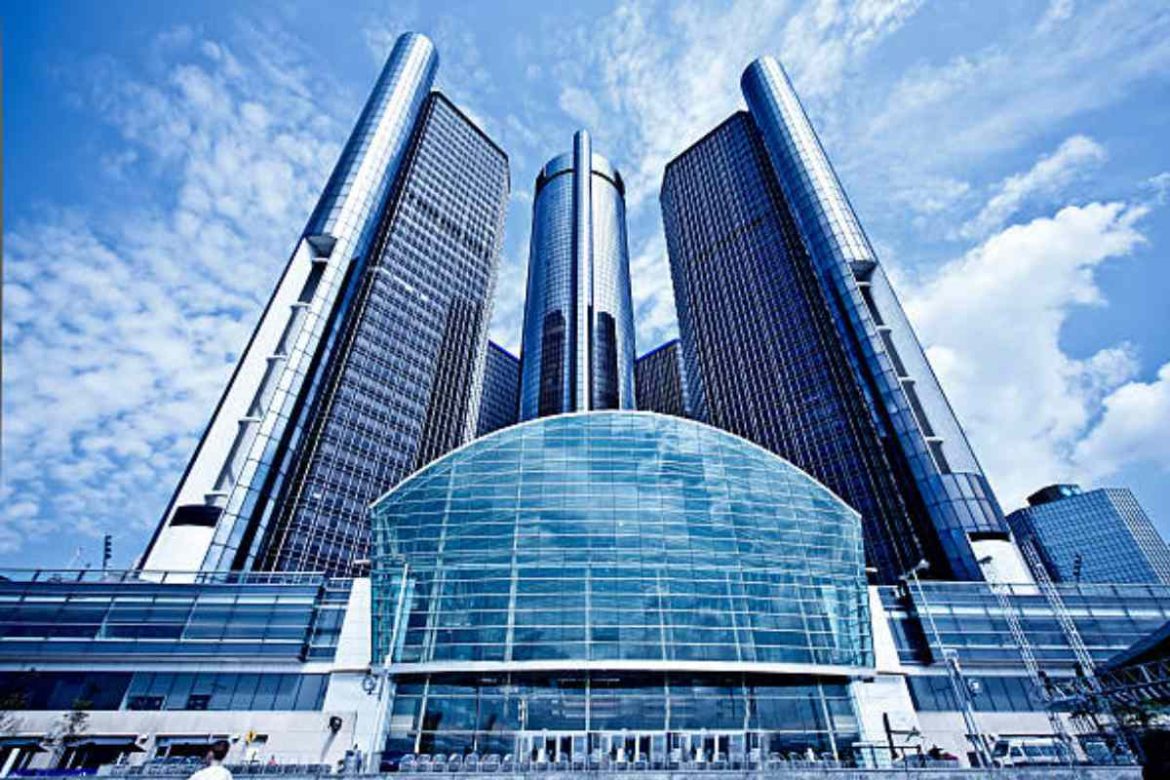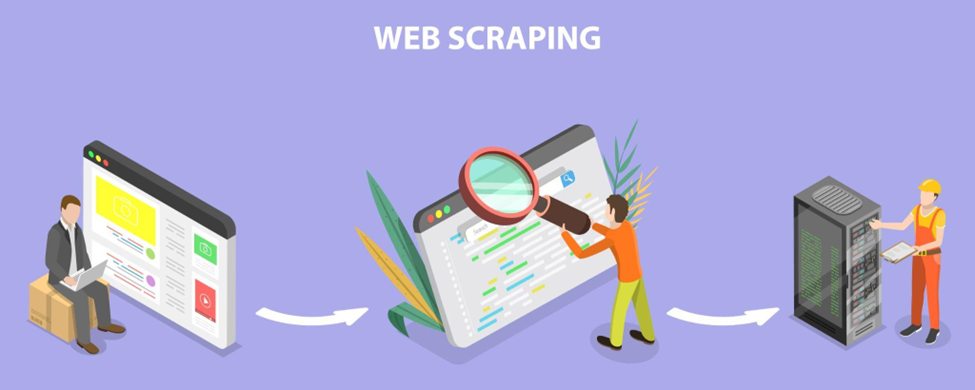Medication security in healthcare facilities is of utmost importance to maintain patient safety and regulatory compliance, so one cutting-edge innovation that’s revolutionizing this aspect is electronic smart locks – particularly the advanced medicine cabinet lock – offering enhanced access control and security solutions that bypass traditional lock mechanisms’ shortcomings. In this talk, we will also cover other technological innovations helping transform medication security.
1. Electronic Smart Locks: Enhancing Access Control
aditional lock mechanisms such as keys or combination locks have inherent drawbacks that compromise medication security in healthcare facilities. Recognizing these shortcomings, more advanced electronic smart locks have emerged to address them; designed specifically to increase access control into medication storage areas by mitigating vulnerabilities associated with traditional mechanisms.
Implementing electronic smart locks allows healthcare facilities to implement stringent security protocols that restrict access only to authorized personnel. Utilizing unique pin codes or seamless integration with RFID systems, smart locks ensure medication cabinets remain unreachable by unintended individuals – not only minimizing access risks but also mitigating theft or tampering potential and protecting medication integrity in a facility.
Electronic smart locks also feature additional advantages over conventional lock mechanisms. Programmable controls enable these smart locks to keep detailed audit trails of access attempts and timestamps for accountability purposes and regulatory compliance by providing comprehensive records of medication access.
2. Biometric Authentication: Expanding Security Measures
Smart locks may no longer be enough to protect medical facilities’ medication storage areas from theft; biometric authentication technologies offer another layer of defense through fingerprint or iris scanning technology that provides advanced layers of security beyond traditional access control methods. Biometric authentication uses physiological identification data such as fingerprint and retina scans to guarantee only authorized personnel gain entry to medication cabinets.
Implementation of biometric authentication fits seamlessly within the changing landscape of healthcare security, where stringent measures must be put in place to combat evolving threats. Biometric systems can easily integrate with electronic smart locks for comprehensive protection that includes access control and identity verification – an approach that healthcare facilities can employ to strengthen medication security protocols while improving patient safety.
3. AI Surveillance Systems for Medication Storage Areas
Artificial intelligence-enhanced surveillance systems have become indispensable tools in monitoring medication storage areas. Leveraging its powers, these sophisticated systems utilize AI’s power to monitor real-time data streams. By scrutinizing activity within medication cabinets, AI surveillance can quickly detect any deviation or potential security breaches within minutes.
Advanced algorithms enable these AI-enhanced systems to recognize patterns indicative of unauthorized access or tampering and serve as a proactive defense mechanism against threats to medication integrity. By offering 24/7 surveillance capabilities, AI-powered healthcare facilities gain an indispensable way of safeguarding medication while upholding patient safety in an efficient, responsive fashion.
Installing AI surveillance systems represents an innovative solution to medication security that fits with today’s rapidly evolving healthcare landscape. By employing cutting-edge tech solutions, healthcare facilities show their dedication to remaining ahead of potential risks and vulnerabilities.
4. Integration With Existing Security Systems: Simplifying Operations
An important advantage of electronic smart locks lies in their seamless integration into existing security infrastructure within healthcare facilities, offering a cohesive approach to medication security operations and streamlining them in one step. This brings about significant transformation.
Harmonizing smart locks with RFID credentials and access control systems enables healthcare facilities to create an environment that optimizes security effectiveness while streamlining management processes. Interoperability between electronic smart locks and existing security systems facilitates central control and monitoring of medication storage areas, giving administrators greater oversight and oversight capabilities.
Integrating smart locks into existing infrastructure not only bolsters security measures but also streamlines operational workflows within healthcare facilities. By consolidating security protocols, healthcare administrators are better able to allocate resources more effectively thereby decreasing administrative burden and improving overall operational effectiveness.
Future Trends Advancements in Medication Security
Emerging technologies such as blockchain and IoT devices hold immense promise for furthering medication security within healthcare facilities. Blockchain’s decentralized nature offers greater transparency and traceability for medication supply chains; IoT devices, on the other hand, enable real-time inventory tracking with real-time notifications on any changes ensuring efficient management and increased security of pharmaceutical inventory.
Conclusion
Technology plays an essential part in modernizing healthcare facility security, specifically the realm of medication security. Electronic smart locks, biometric authentication systems, AI surveillance systems, and other cutting-edge innovations have revolutionized how medications are stored and secured within healthcare facilities. By adopting and adapting to emerging trends quickly, healthcare facilities can stay ahead of security threats while contributing towards modernizing their facility’s security overall.



